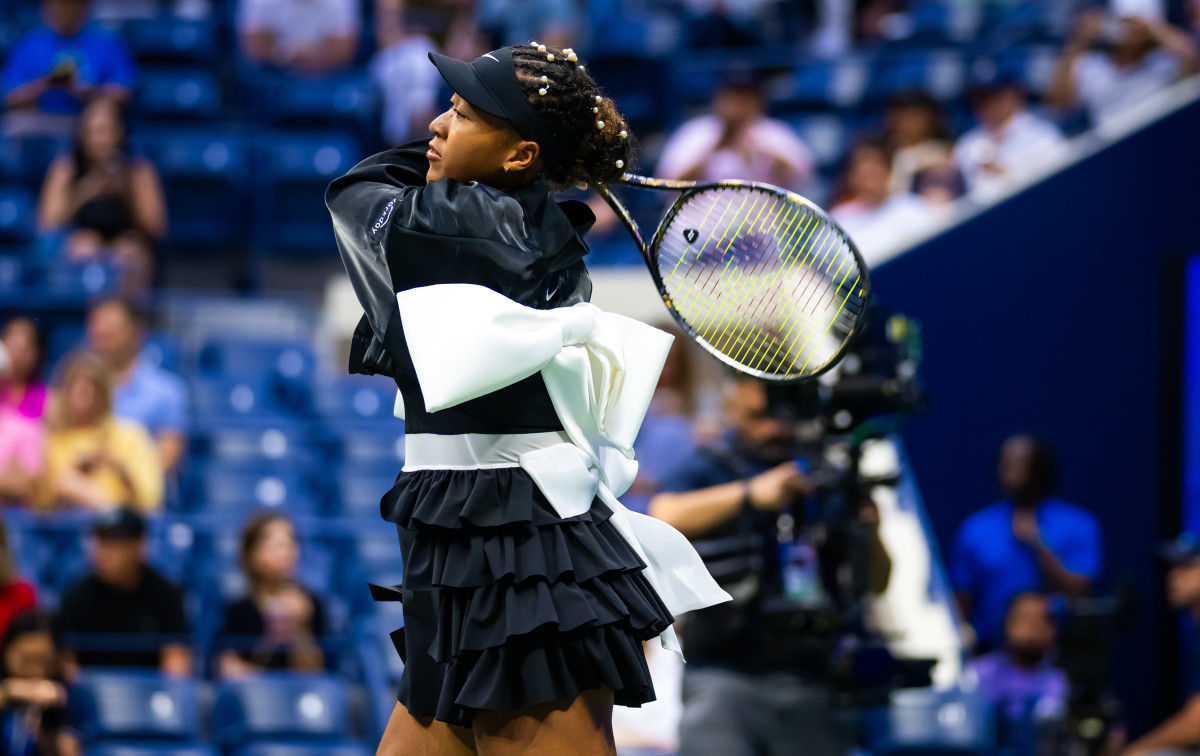
For the most hardcore tennis fans, the U.S. Open Tennis Championships, or the U.S. Open for short, has been the venue for some of the sport's most memorable moments outside the hallowed grounds of the All-England Club, Roland Garros in Paris and Melbourne Park.
Some of these moments include Jimmy Connor's miracle run in 1991, Roger Federer's five consecutive titles between 2004 and 2008, and Naomi Osaka and Coco Gauff's triumphant run to their first 'grand slam' tournament victories in 2018 and 2023, respectively.
Related: Serena Williams' business move at the US Open is scoring points
Though the grounds of the USTA Billie Jean King National Tennis Center in Flushing, Queens, have played host to championship-winning victories of some of the sport's greatest players, the two weeks of the U.S. Open have undeniably become the summer's hottest and most glamorous event in New York City — a development that is not exactly for the better of fans who want to witness the action for themselves.

New York's hottest (tennis) club
According to data released to The New York Times by the United States Tennis Association (USTA), this year's Open is the most crowded in tournament history. The tennis body estimates that over the first five days of the tournament, an average of 75,012 fans went through the turnstiles during the day and night sessions.
While broken attendance records suggest that the tournament is more accessible and affordable for spectators than ever, the opposite is the underlying truth for many tennis fans.
Disappointed fans are taking to social media to express their shock and disgust at exorbitant resale prices that make Taylor Swift's concerts look like a bargain-bin discount find.
More sports business news:
- Nelly Korda should get a shot at the PGA Tour, fellow golfer says. Here's how it could happen
- NCAA's settlement raises a bunch of unanswered questions
- Charles Barkley calls WBD execs 'clowns' amid NBA media rights negotiations
- MLB players point the finger at Nike, not Fanatics, for uniform fiasco
In a post on X (formerly known as Twitter), self-proclaimed Toronto sports fan Maxx Tissenbaum expressed that it is a "pretty sad time to be a tennis fan" since "the cheapest ticket on any secondary market is $240 per person to sit in the last row of the stadium for a 3rd round match."
"This will likely be the first time in years I won’t go at all because it’s cost prohibitive," they said.
Another disappointed fan, Ana Mitrić, said on X, "Imagine how parents who’d like to bring their kids to experience live tennis at the #USOpen feel about having to pay over $200 per person for grounds passes, especially when the face value of the ticket is $45."
Author and freelance tennis journalist Simon Cambers pointed out that unlike the $160-$228 grounds pass at the US Open, the cheapest ticket prices at the other 'grand slam' tennis tournaments, such as the Australian Open and Wimbledon, are capped at the equivalent of $20 and $40, respectively.
Advantage, Ticketmaster
In an interview with TheStreet, Morgan Harper, the director of policy and advocacy for the American Economic Liberties Project, noted that the conditions that frustrate tennis fans and those price-locked out of the US Open are due to Ticketmaster's iron grip on major sports and music events.
According to information disclosed by the USTA on the U.S. Open website, Ticketmaster is "the Official Fan Ticket Marketplace of the US Open," which can put fans in a precarious place.
"What we saw happen with the U.S. Open presale is a lot of what we've seen generally happen with Ticketmaster is that they become the exclusive ticketing platform for large events, and they are not positioned to manage that kind of demand," Harper told TheStreet. "This all stems from their monopoly power."
"What this all shows is we have a lot of major events, live events, both in the music and sporting industries that are using Ticketmaster as a ticketing platform. Oftentimes, it's not because people who are hosting these events want to be using Ticketmaster, but it's because Ticketmaster and Live Nation, their parent company, control so many different business lines in the live events industry that a lot of other players don't have a lot of control over what kind of platform they would want to use."

Here for the tennis vibes
With such an exorbitant cost to get in the door, one would think that hardcore tennis fans are sacrificing a lot to see their favorite players.
However, a recent piece by the New York Post suggests that the splashy, brand-forward spectacle and the classy, preppy feel of being at the U.S. Open brings in influencers, celebrities, and attendees willing to pay the price to get in and all the accouterments for social media.
“I’m just here for the vibes,” Open attendee Morgan Ridgeway told the Post. “I’m not really a big follower [of tennis], but some of my family goes, so they got tickets."
Self-described fashion and lifestyle influencer Maggie Tate told the Post that it was their "fifth or sixth year" at the Open, but she has seen the event grow into a major event in New York City to be seen, akin to the tune of other glamorous and celebrity-driven gatherings in the cosmopolitan capital.
“You’re seeing more celebrities at the U.S. Open than at New York Fashion Week,” Tate said.
“It’s a who’s-who of New York. More and more people are going, influencers, celebrities, so I think more people are like OK, this is the place to be, so let’s go.”
Related: Veteran fund manager sees world of pain coming for stocks







